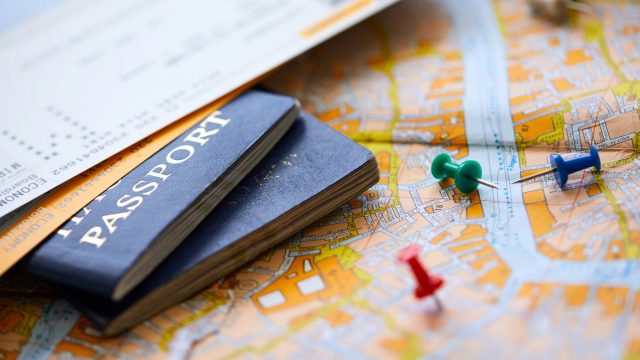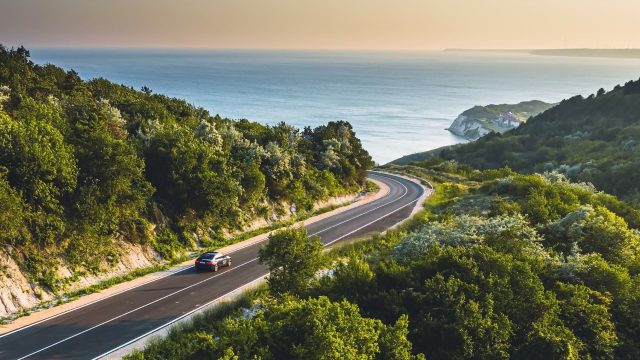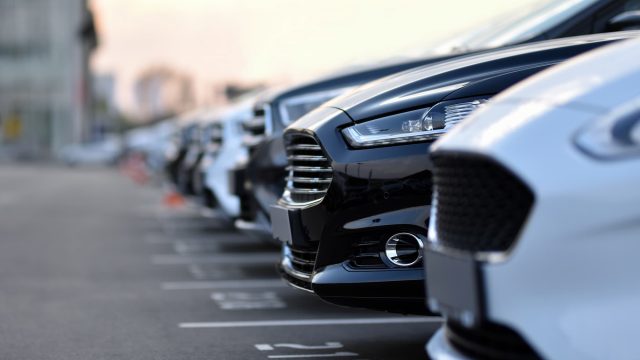If you’ve never done it before, getting some tips for driving abroad seems like a bit of a no-brainer. Knowing things to be aware of, different laws (check out some of these crazy driving laws!), speed limits etc. can make a journey and holiday much more relaxing. We’ve collected some of the most important information and driving laws to help you prepare in advance.
Is driving abroad difficult?
Firstly, remember to check which side of the road you are meant to drive on. Once you’re at your destination, having a basic understanding of the key driving rules is a must. Whilst following the flow of traffic can help, it may get you into some sticky situations too if you’re not careful.
The best places to find essential information such as this includes our driving guides on our website, (here’s our guide to driving in Portugal as an example) or the AA have a handy country by country breakdown.
 Photo by: Jörg-Hackemann/Fotolia
Photo by: Jörg-Hackemann/Fotolia
General tips for driving abroad
- Check which side of the road you should be driving on. Continental Europe is usually the right hand side.
- Drive cautiously and expect the unexpected – drivers in Europe tend to be more aggressive.
- Speed limits are often different than in the UK so cars may approach at differing speeds than you are used to.
- Don’t drink and drive – It’s never advisable to do this and the legal blood-alcohol limit may be lower than in the UK.
- Holiday luggage may make your vehicle heavier than usual so allow more time and distance for braking.
- It’s compulsory in many countries in Europe, including France, for all vehicles to carry a reflective jacket and at least one warning triangle for use in case of a breakdown. This should be provided in your hire car.
- Radar detectors are illegal in many countries in Europe including France and Spain, whether in use or not. If you are caught with one you could be fined.
- If you’re involved in an accident, contact your insurer or hire car supplier immediately and take photographs of damage to your vehicle. Usually you also need to obtain a police report.
- Keep some spare change in the car in case you come across a toll booth. Ask the car hire supplier if the vehicle has a transponder if you know there will be tolls roads along your route.
Taking your own car to a country where they drive on the right?
- Don’t forget to adjust your headlights so they’re suited to driving on the other side of the road, Ensure your dipped lights don’t dazzle other drivers and are the correct colour. Check the car’s handbook for more information.
- A GB sticker is still required when driving a British-registered car abroad. Not displaying one puts you at risk of being pulled over by local police. If your number plates include a blue and yellow GB logo on the left-hand side, you are exempt from this.
Do I need an International Driving Permit?
If you’re driving abroad, you may need an International Driving Permit (IDP) in some countries. The IDP is used alongside your UK driving licence – which you MUST take with you if you’re driving and/or hiring a car abroad. You don’t need this in the EU if you have an EU issued licence.
There are 2 types of IDP (1949 and 1926) depending on which country you’re visiting. The 1926 is only for Brazil, Iraq, and Somalia so the chances you’ll need one are slim! For a full list of IDP countries, visit this page.
Tips for driving in Europe
Driving in France
- The blood alcohol limit is 50mg alcohol per 100ml blood.
- Remember, in France there are currently a lot of illegal migrants around Calais. It’s advised you keep doors locked in slow moving traffic and you stop only in a public area with lights such as a service station.
- Speeding restrictions are strictly enforced and can lead to heavy on-the-spot fines. Cash payment is often required.
- If you break any driving laws your UK driving licence can be confiscated by French Police. This can lead to your vehicle being impounded if no alternative driver with a valid licence is available.
- There are two speed limits for motorways and dual carriageways depending on weather conditions and driving experience. The lower limit should be obeyed in wet weather and by drivers who have held a licence for less than two years.
- A continuous yellow line means stopping and parking are prohibited. A broken yellow line indicates parking is prohibited.
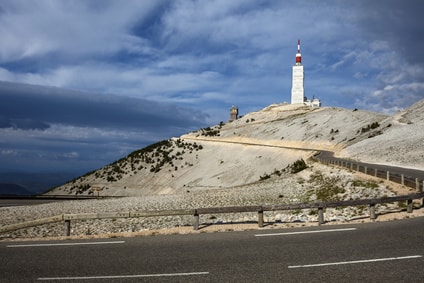 Photo by: linkova/Fotolia
Photo by: linkova/Fotolia
French roundabouts
French roundabouts are probably the hardest thing you’ll deal with when driving abroad. There are essentially 2 types of roundabout in France. One where the right has priority and one where the vehicle on the roundabout has priority – keep an eye out for Cedez le Passage (Give Way) and Vous n’avez pas la priorité (you don’t have priority) signs.
- Priority to the right: When you approach the roundabout, you have the priority and can continue your route, circle, and exit. Whilst you are circling you must give way to the right. Think Arc de Triomphe.
- Priority to vehicle on roundabout: Most modern day roundabouts give priority to the vehicle which is already on the roundabout as with the UK.
Driving in Spain
- The blood alcohol limit is 50mg alcohol per 100ml blood. For professional drivers or drivers with less than two years’ experience the blood alcohol limit is 20mg per 100ml blood.
- It’s a legal requirement in Spain to carry two red warning triangles. In the event of an accident or breakdown, these must be placed in front of and behind the vehicle.
- Drivers must carry a spare pair of glasses if needed for driving.
- Vehicles must carry a spare wheel and a full set of spare bulbs plus the tools to change them.
Driving in Italy
- The blood alcohol limit is 50mg per 100ml of blood. For those who have held a driving licence for less than 3 years and professional drivers the blood alcohol limit is nil.
- You must wear a reflective safety jacket if you get out of your vehicle at the side of a public highway.
- You must use dipped headlights at all times when travelling on motorways and major roads outside cities.
Driving in Portugal
- The blood alcohol limit is 50mg per 100 ml of blood. If you’re caught above this limit you’ll be fined up to €1,250 and have your licence suspended for 1-12 months.
- If you receive an on the spot fine, you must pay in Euros. Many traffic police vehicles now carry portable ATM machines for immediate payment. Expect to pay cash to be on the safe side.
- You must carry a reflective vest in the vehicle at all times. This must be accessible from within the car and not kept in the boot.
- You must park in the same direction of traffic; parking facing on-coming traffic is illegal. Do not park within 18m of an intersection, 15m of a bus stop or 3m from a tram stop.
Tips for driving in North America
Driving in the USA
- The most common blood alcohol limit is 80mg alcohol per 100ml blood. State laws can vary so always check if you insist on having a drink.
- Undertaking is not illegal in the USA. Be prepared for it and if you are constantly undertaken, move over.
- Right turns are allowed at red lights unless there is sign telling you otherwise. Make sure you come to a complete stop first and only proceed when you’re sure it’s clear.
- Each state sets its own speed limits, double check signs each time you cross a state line.
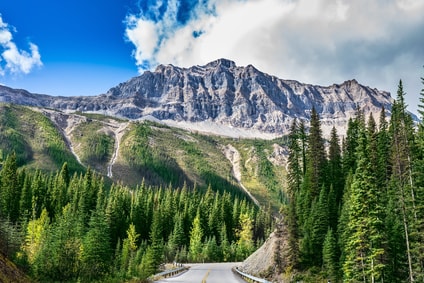 Photo by: Kushnirov Avraham/Fotolia
Photo by: Kushnirov Avraham/Fotolia
Driving in Canada
- It’s a criminal offence to drive with 80mg of alcohol per 100ml of blood. Those with 50mg of alcohol in 100ml of blood are dealt with under provincial and territorial traffic acts. Foreigners exceeding this limit could be deported and those with a previous drink driving conviction can find it difficult to enter Canada.
- Some provinces require drivers to keep their headlights on during the day – always check when collecting the vehicle.
Tips for driving in Oceania
Driving in Australia
- The blood alcohol limit is 50mg alcohol per 100ml blood. For drivers under the age of 25 and those who’ve held a licence for less than 3 years, this drops to 20mg per 100ml of blood.
- If you’re heading to the Outback you should plan your itinerary thoroughly, seek local advice on what precautions you should take, and leave your travel plans and expected arrival time with local tourist authorities, the hotel, or friends and family.
Driving in New Zealand
- The blood alcohol limit is 80mg alcohol per 100ml of blood and this is strictly enforced.
If you’ve got any suggestions or tips for driving abroad let us know below. Alternatively, sign up to our newsletter below and follow us on Twitter and Facebook for the latest travel tips and news.

